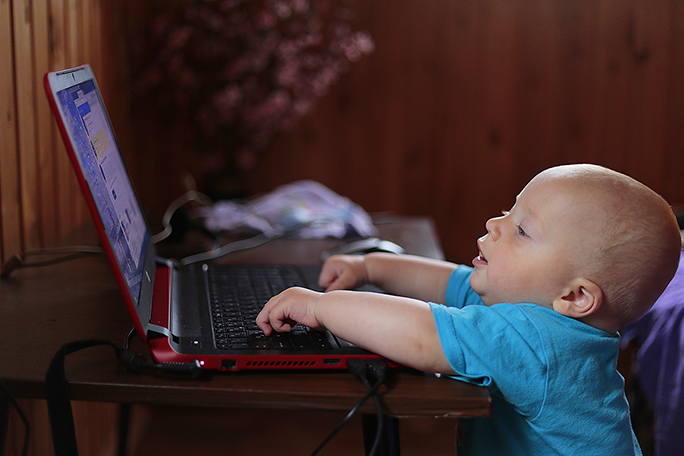WHAT’S TELEHEALTH AND HOW DOES IT WORK IN SPEECH THERAPY?
As a speech-language pathologist who strives to provide the best possible therapy I can, I recently found myself in quite the predicament. As the school-year began, some of my clients were unable to travel to the clinic as frequently as recommended for relationship-based treatment purposes. The location of their houses (i.e., rural areas) made these families seek services closer to home. As we tried to come up with a realistic treatment plan moving forward, I suggested we try teletherapy — therapy provided virtually via video conference through the internet. This would allow me to check-in with my clients during times they were not able to come into the clinic for face-to-face therapy, as well as provide the families with more scheduling freedom to allow time for therapy into their busy lives.
Telehealth (also called telepractice or teletherapy) is a newer therapy model that has proven to be beneficial in a majority of cases, depending on the type of therapy needed. “Telemedicine (telepractice) is defined as the provision of health services over a telecommunications network. In practice, telemedicine uses high-speed interactive video and remote computing applications to provide speech-language and hearing services to consumers living in underserved areas” (ASHA, 2007). Teletherapy has begun to fill the void in school districts around the country, where children otherwise went unserved. The American Association of Speech-Language Hearing Association (ASHA) has provided data through over 40 published, peer-reviewed studies to confirm that online speech therapy services produce outcomes that are as good as face-to-face therapy. There is currently research regarding implementation of teletherapy for articulation therapy, fluency/stuttering therapy, expressive and receptive language therapy, as well as parent coaching and strategy implementation.
Teletherapy allows therapists to maintain a strong connection with their clients, even without in-person exchanges. Therapists can see articulators or have their clients imitate certain movements or positions for therapists to collect the data they need. Children are also interested in using all types of devices these days, so they may be more motivated to engage in therapy knowing they’ll be using a device in a unique way. Sessions can also be recorded and re-played for the client to critique themselves for corrections, or for therapists to keep track of progress as time goes on.
Telehealth is an emerging practice area with promising potential. It can help remove barriers to traditional therapy models and provide parents with the tools to support their children’s development, while making the parents part of the session. If you’re interested in pursuing telehealth for your child, reach out to your current speech therapist or pediatrician to see if telehealth is available to you!



Eyas Landing is a therapy clinic with a mission to provide evidence-based and family-centered therapy services for children, adolescents, and their families. The primary goal is to deliver relationship-based interventions within the most natural environments and to empower families to reach their full potential. To achieve this goal, our highly educated, compassionate staff dedicates time and expertise to create experiences that maximize therapeutic outcomes. The strength, determination, and perseverance of our clients are evident as they succeed in therapy, and ultimately in their daily lives.
Eyas Landing offers a wide range of comprehensive services including Speech Therapy, Occupational Therapy, Physical Therapy, ABA Therapy, Social Work, Family Therapy, and Neuropsych testing. Services are provided throughout the Chicagoland area via Telehealth, In-Home, and in our state of the art clinic.
Want to learn more or you have a specific question? Feel free to connect with us here!



